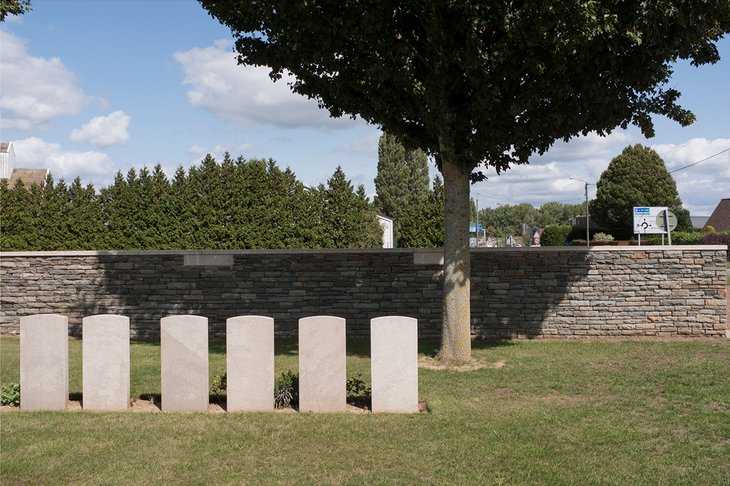The Portuguese Photography Centre features the Abolition of the Death Penalty and World War I
Article

The Portuguese Photography Centre features two photographic exhibitions on 7 April.
One show is devoted to the abolition of the death penalty, titled "Morte à morte! 150 anos da abolição da pena de morte em Portugal / 1867-2017" [Death to the death penalty! 150 years after the elimination of the death penalty in Portugal], organised by the Assembly of the Republic, jointly with the Torre do Tombo National Archive and the Portuguese Photography Centre to mark the approval of the decree-law dated July 1st 1867 regarding the reform of the Penal Code, namely prisons, the abolition of the death penalty for ordinary crimes and public works.
Commissioned by historian Luís Farinha, the photo show focus on Portugal's breakthrough in the abolition of the death penalty, producing documents and images regarding political and institutional background, and the international impact of this decree-law. The show also refers to the current world situation.
It should be highlighted that the photographic show is a quote by Victor Hugo's letter addressed to the news director of newspaper "Diário de Notícias", in July 1867, congratulating Portugal for abolishing the death penalty.
This photo exhibition will be on show till June 24.
The second show comprises the images of a not-so far away past, in the context of the First World War, with striking images by Augusto Lemos. "Bloody Landscapes" traces the Battle of the Lys.
In 1918, the German offensive in Flanders during World War I, also known as the Spring Offensive and originally planned by General Ludendorff as Operation George (later renamed Operation Georgette), was aimed at conquering Ypres, forcing the British forces back to the channel ports and out of the war.
The Portuguese Expeditionary Corps (Corpo Expedicionário Português) was the main military force from Portugal that fought in the Western Front, during World War I also called the war of the Trenches.
Portuguese neutrality ended in 1916 and the result was the sending of the expeditionary Portuguese force to the war in the Flandres region. In the morning of 9 April, 1918, the Germans started the Battle of the Lys with a violent bombardment, which lasted about two hours in front of the Portuguese sector. Despite being outnumbered, the Portuguese artillery immediately responded to the fire with their 80 guns. Under the German pressure, the Portuguese were shortly overrun.
Augusto Lemos has visited the places of that historic memoirs and presents a timeline of images at the Portuguese Photography Centre.
This photographic exhibition will be on show till July 8.